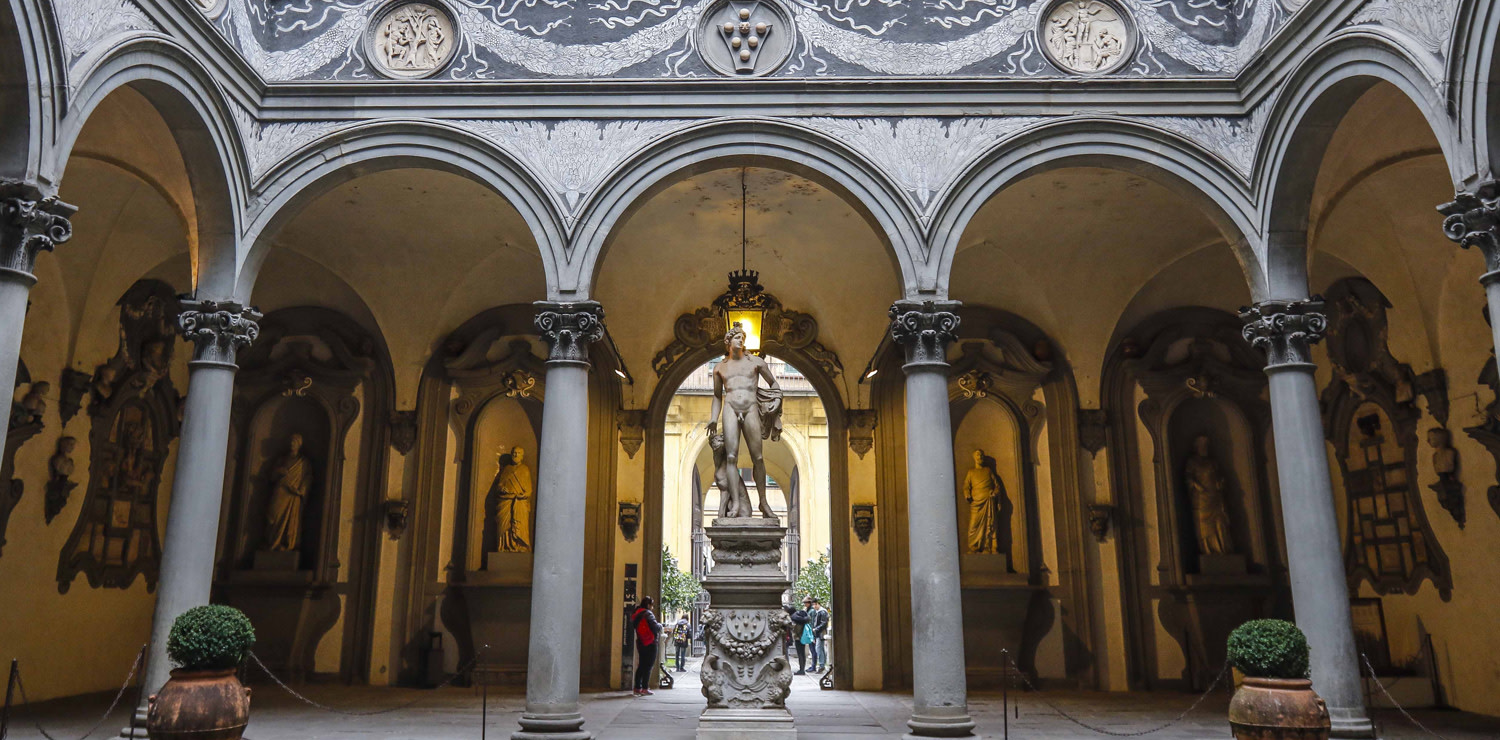Laudomia Pucci and her elegant Florence
The Vice-President and Image Director of Emilio Pucci, describes the city where the legendary brand founded by her father was born
“I happen to go by Piazza della Santissima Annunziata quite often. It is one of the city’s most interesting but less celebrated squares. Much could be said about this place which is so rich in history… Suffice is to mention the history of Ospedale degli Innocenti, the first Renaissance building and the world oldest orphanage, which has been recently restored. Built to the design of Filippo Brunelleschi, the building was the symbol of a great modern city, wealthy and responsible towards its residents. The Basilica, with its amazing works by Pontormo and Andrea del Sarto, the mural frescoes of the so-called Chiostro dei Voti, and the exterior portico made by my family in the sixteenth century and all the loggias around it only add to the church’s beauty. And the unexpected view of the Duomo from the Piazza make this place one of my favorite spots in Florence.
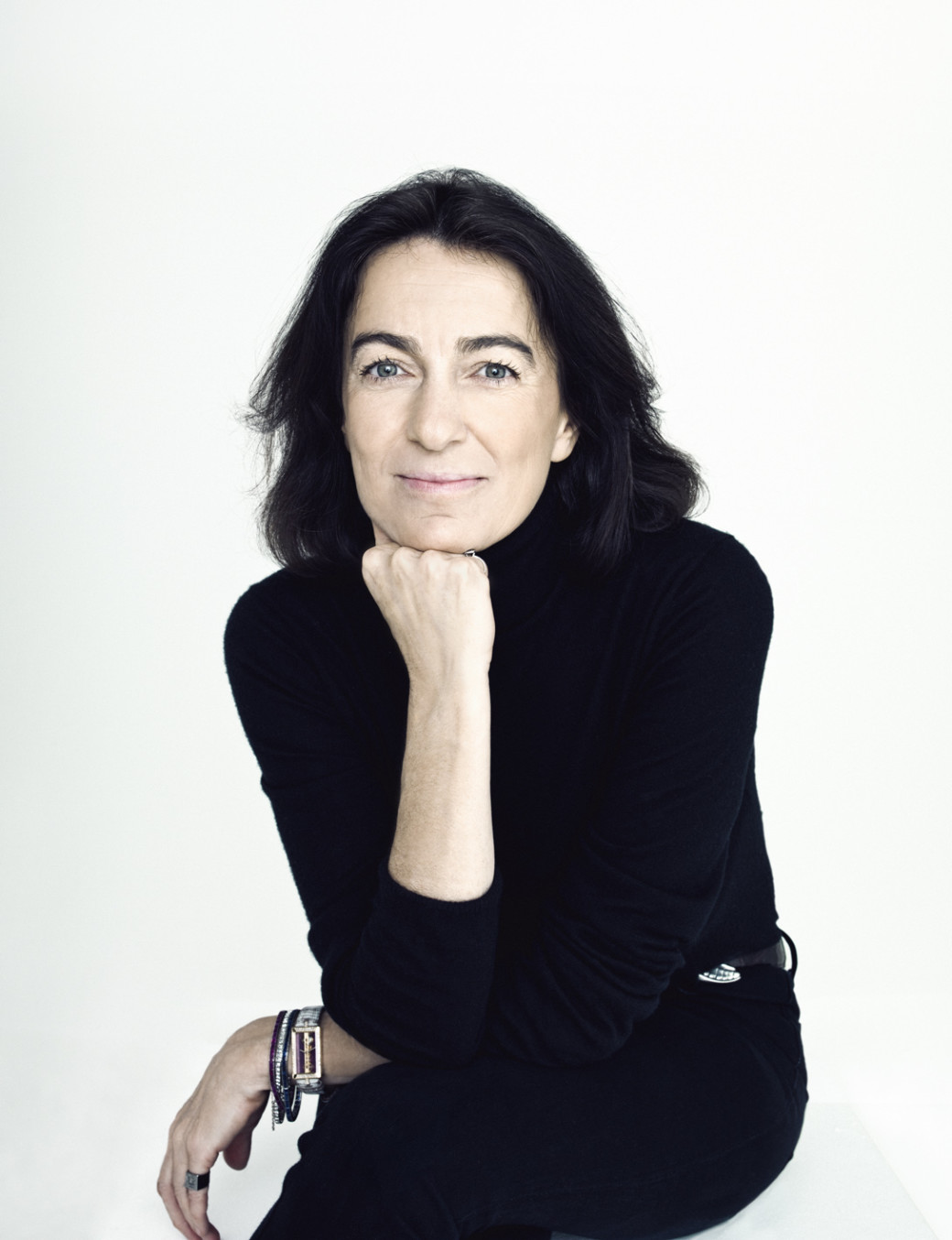 Laudomia Pucci took over at the helm of Emilio Pucci, facing the challenge of modernity
Laudomia Pucci took over at the helm of Emilio Pucci, facing the challenge of modernityA one-minute walk leads from here to my family’s residence. I’m talking about Palazzo Pucci, at 6 Via de’Pucci, where our fashion brand was born and now shines again thanks to Heritage Hub. The building is located in the city’s Renaissance heart, within walking distance from the Duomo and Michelangelo’s David, housed in the Accademia Gallery. Ever since the headquarters moved to Milan, I believed it was important to create something new which would also provide a fluid storytelling of the brand. Following the 2018 restyling, the Palace is now devoted to the promotion of our corporate culture, by attracting the attention of young talented designers. We have an extraordinary history and huge archives, and we are here to share our DNA with anyone who is interested.
My love of Florence is associated with its amazing artisan tradition. I love hunting for craft shops and artisan workshops hidden in the small streets and which still create objects with great craftsmanship, for instance, Farmacia Santissima Annunziata. I love a perfume made with Egyptian geranium leaves and condensed perfume oils: a few drops here and there in a room and it will smell delicious. A little-known jewelry shop which I love is Matassini, a small shop offering amazing creations. Another little-known but extraordinary artisan outside of Florence is Paola Locchi. She has a workshop where she blows glass and repairs fine crystal items. You can have a very delicate and precious Murano glass item repaired or buy glasses and vases that she herself designs and creates. But there are also places which I learned to love, such as the Opera del Duomo Museum. It was completely renovated a few years ago with amazing results in every way, from the careful display of the artwork to the colors, backdrops and the way the art collections blend into the background. It is beautiful.
From here, with modern Medicean Florence at your back, including Palazzo Medici Ricciardi that stands as a model of civil Renaissance architecture and of which I suggest to visit the courtyard, the city’s most beautiful courtyard, with its lemon-house at the back filled with citrus fruit plants and enriched with eighteenth-century stuccoes and decorations, you enter the city’s oldest part, between Piazza del Duomo and the Lungarni. I enjoy thinking of Piazza della Signoria’s Loggia dei Lanzi as Florence’s most beautiful museum, an open-air museum built in the fourteenth century to house beneath a covered, open-walled space, the loggia, the public assemblies of the people. Cosimo I de’ Medici then converted into one of the world’s most prestigious “exhibition spaces” and I still see it as such. Next to the Loggia dei Lanzi is the Uffizi Gallery, which there is no need for me to introduce. I would only like to mention that this special museum houses one of my favorite works in Florence, Madonna with Child and Two Angels by Filippo Lippi, one of the artist’s most widely-known masterpieces.
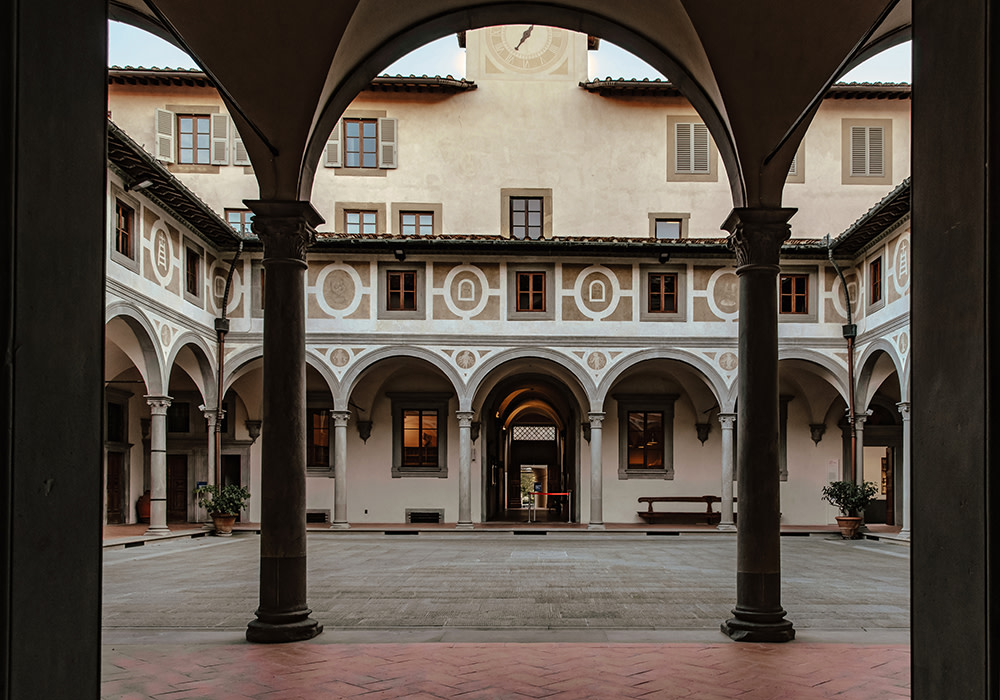 The Ospedale degli Innocenti
The Ospedale degli InnocentiPalazzo Strozzi majestically stands on Via de’ Tornabuoni. Less than twenty years ago, it was converted into a contemporary art space housing extraordinary temporary exhibitions. As I cross the Arno river, I think of the Bardini Museum and its timeless charm and, of course, of Palazzo Pitti which is, because of its size and history, one of the must-see palazzos on any tour of the city. These two special places are located in the Oltrarno, that is, the neighborhood on the Arno’s left bank. From here, you can climb up to the Basilica di San Miniato al Monte and not only experience all the emotions that the place stirs up, but also take in one of the city’s most breathtaking views! This is, in fact, one of Florence highest viewpoints.
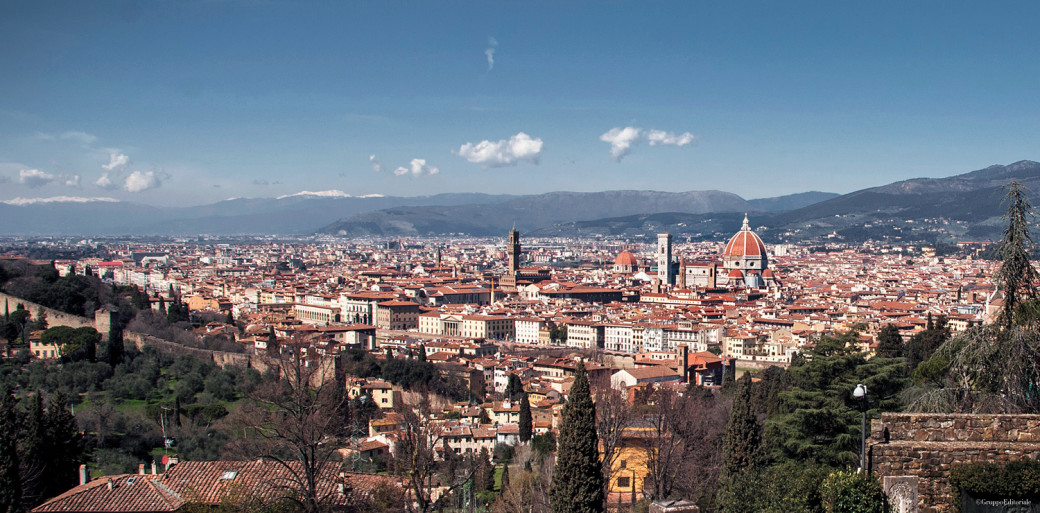 The spectacular view of Florence from San Miniato
The spectacular view of Florence from San MiniatoAnd then there are the smaller museums, which are not as widely known as their larger counterparts but, nonetheless, showcase some truly unusual collections. If you’re interested in visiting them, my advice is to consider the time of the year- in full peak season, if you have not booked the larger museums in advance and the queue is too long, small museums are a precious resource and a viable alternative- and how many times you’ve already visited the city. The Stibbert Museum is one of them. The quality of its collections is extraordinary: medieval and Renaissance suits of armour, not only European but also Asian and Islamic, plus historical costumes and excellent portraits. And to think that this museum is hardly known, perhaps because it is slightly outside downtown Florence, near the Rifredi neighborhood. Another museum I always recommend to friends is Opificio delle Pietre Dure. It is both a restoration workshop for inlaid semi-precious stone artefacts, which was started centuries ago, and a museum describing the history of the art of stone-cutting and inlay. It is definitely worth a visit.
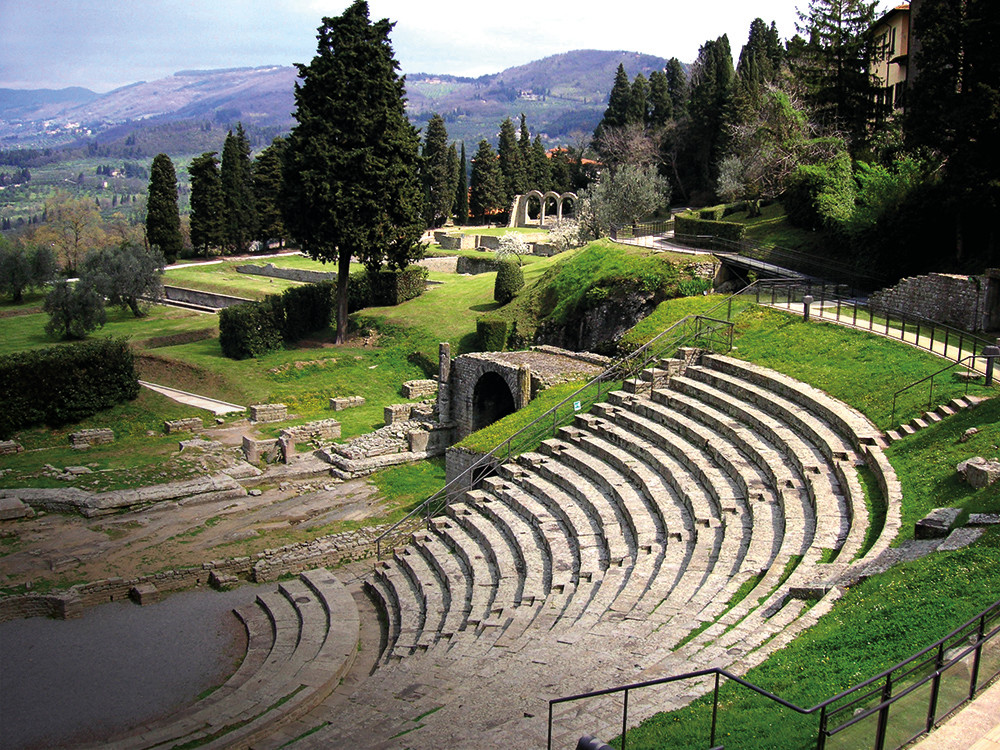 the Etruscan-Roman theaterin Fiesole
the Etruscan-Roman theaterin FiesoleFlorence is surrounded by a ring of hills that adds to the city’s charm and quality of life. I recommend two places in particular, which are both nestled in a lovely green area just outside downtown Florence. First of all, Fiesole’s Archeological Museum, which illustrates the history of the city and surroundings, from the Etruscans to the Romans and Lombards, and is connected with the nearby archeological site where remains of the Etruscan-Roman theater, public baths and temple were discovered. At Impruneta, you will be able to see the most amazing terracotta vases, not to mention Settignano… you will want to get lost for days!”






